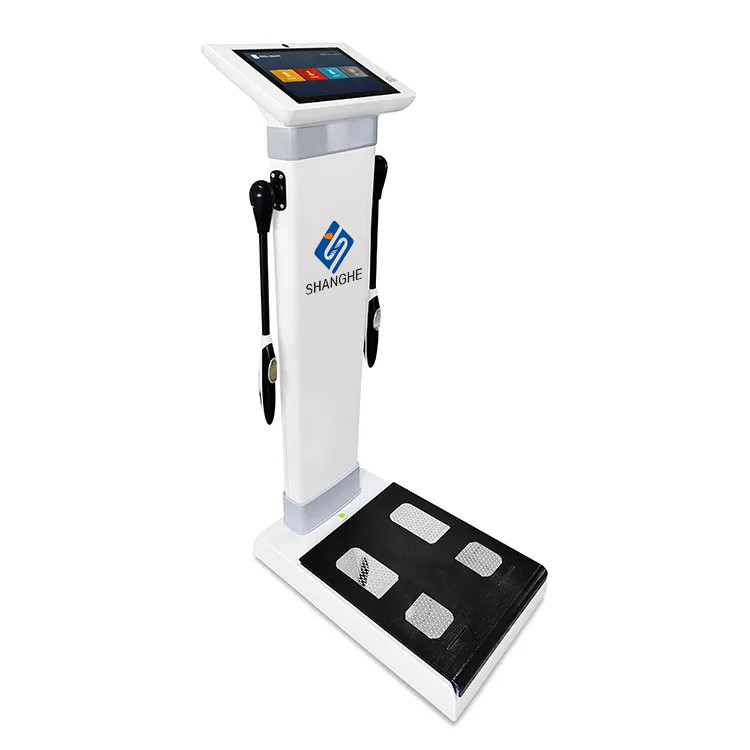Key Facts About Body Reading and Its Meaning
Key Facts About Body Reading and Its Meaning
Blog Article
Have you ever wondered what your physical features reveal about your behavior? The study of body reading seeks to explain how our physical traits and gestures reflect deeper psychological patterns.
Whether you’re a beginner or already familiar with behavioral analysis, this complete guide will give you valuable insights.
Keep reading to discover why body analysis matters. By the end, you’ll know how to interpret different body types.
Why Study Body Analysis
One of the main benefits to study body reading is to understand people beyond words. By learning to observe gestures, you start decoding emotions that others may not express verbally.
Coaches apply body reading techniques to identify fears or resistance.
This skill reduces misunderstandings and helps build trust, because you’re responding not just to words but also to what the body communicates.

Different Approaches to Body Analysis
Another approach looks at muscle structure, connecting physical characteristics with psychological tendencies.
In some therapeutic settings, body analysis is combined with touch or movement therapy, helping clients release physical tensions linked to emotional trauma.
Learning diverse approaches also helps you avoid bias by relying on multiple signals instead of a single interpretation.

How to Apply Body Analysis
These small signals may indicate discomfort, offering clues beyond their spoken words.
Coaches rely on physical cues to adjust their approach, noticing when a client feels blocked or energized.
The more you observe, the more intuitive your understanding becomes, allowing you to respond thoughtfully and authentically.
Misconceptions in Body Analysis
Relying solely on one signal can lead to misunderstandings.
People are shaped by culture, upbringing, and experiences that go beyond physical form.
Parents use body analysis to understand children’s unspoken feelings. Teachers notice students’ posture shifts to catch disengagement.
The Body Explains: A Modern Approach
According to this model, fat distribution may point to unconscious defenses.
In “the body explains” practice, professionals observe body segments and map them to psychological traits.
Clients working with “the body explains” methods often experience breakthroughs as they connect posture habits with beliefs.
Ethical Considerations in Body Analysis
Practicing behavioral body reading ethically means respecting privacy and avoiding snap judgments. Observing someone’s body language or traits doesn’t give license to diagnose them without consent or dialogue.
Body analysis should always be paired with active listening and curiosity, rather than rigid conclusions.
Ethics in body reading means creating a safe, respectful environment where observation fosters growth, not shame.
Building Competence in Behavioral Body Reading
Keep a journal to record patterns you observe, linking them to possible emotions or attitudes.
Practicing with peers or mentors can offer feedback to avoid overinterpretation or assumption.
As you develop body analysis skills, aim to balance observation and empathy.

Final Thoughts on Body Analysis
From observing facial cues to linking physical traits with psychological patterns, this skill enriches both personal and professional life.
Each pathway invites us to notice the wisdom carried in our bodies and how it shapes interactions.
If you’re ready to start exploring, consider reading more books.
FAQ About Body Analysis
What is body analysis?
Body analysis is the practice of observing physical traits, posture, gestures, and movements to gain insights into personality, emotions, and behavioral patterns.
Can anyone learn body reading?
Yes, anyone can learn body reading with practice and guidance.
Is body analysis 100% accurate?
Body analysis is an interpretive tool, not an exact science.
How can I use body analysis professionally?
Yes, body analysis has applications in coaching, therapy, HR, leadership, and sales.
What’s the difference between body analysis and body language reading?
Body analysis often includes interpreting physical structure, traits, and muscular development, while body language reading focuses more on gestures and movements.
leia mais aqui pagina com mais detalhes Report this page